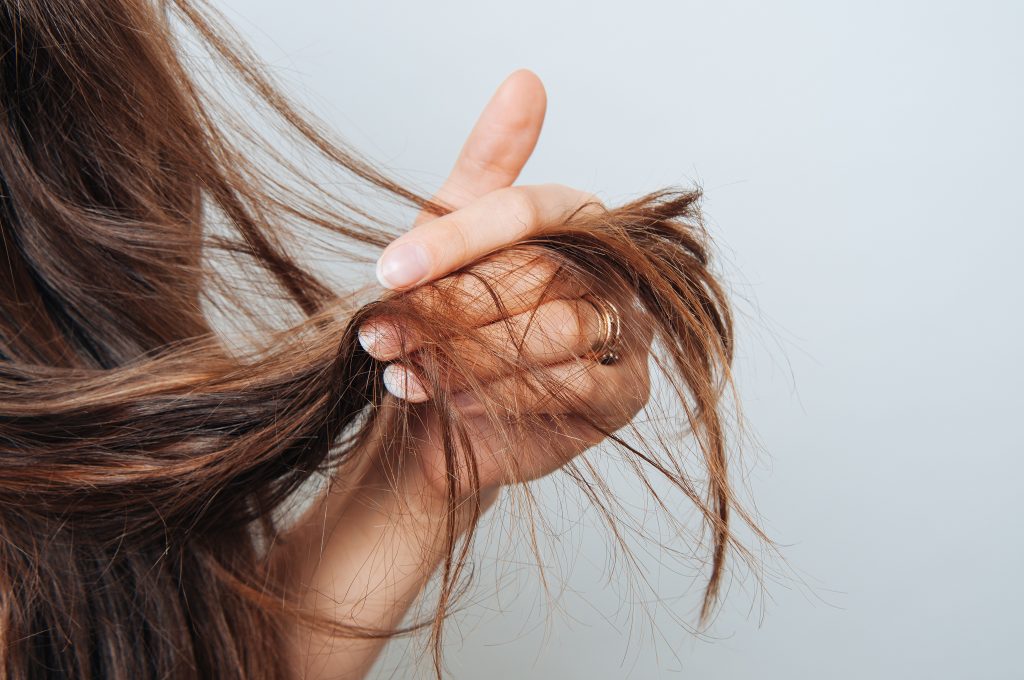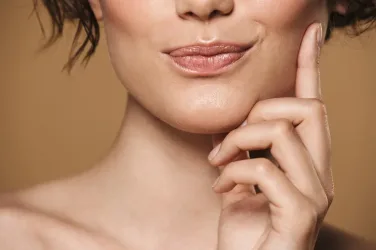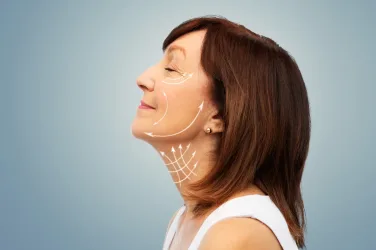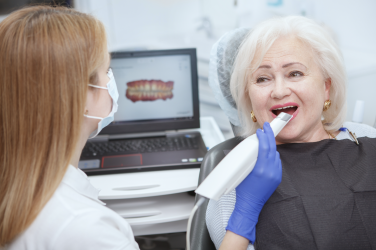
BY MIMI GREENWOOD KNIGHT
If you’re a gardener, you know what comes up in your garden depends on what’s happening in the soil beneath. The same goes for the hair on your head. If your scalp — and overall body — are being affected by medication, illness, infection, or chemicals, your hair can’t form properly and may begin to thin. Hair loss, called “alopecia,” isn’t just a problem for men. Many women experience it, too.
Signs
If you’ve started noticing a large amount of hair on your pillow in the morning or more than usual left in your brush or comb, your part is growing wider, or your scalp is showing through your hair, talk to your dermatologist or general practitioner about your hair loss. Your doctor will likely begin with blood work to eliminate problems with your thyroid or an autoimmune disease. But other factors can lead to female hair loss.
Causes
Female pattern hair loss, known as androgenetic alopecia, is hereditary and can be diagnosed using a magnification of the scalp. It affects about 30 million American women, occurring when normal-sized hair follicles are gradually replaced with finer, thinner ones. Hair follicles shrink over time and eventually stop growing altogether.
Women can also lose their hair due to pregnancy, thyroid disorders, anemia, autoimmune diseases, polycystic ovary syndrome (PCOS), or skin conditions such as psoriasis or seborrheic dermatitis. Stress and physical trauma such as surgery, significant weight loss, or intense illness can also cause hair loss.
Sometimes women lose their hair because of hairstyles that tug on the hair, such as cornrows, chemical treatments and dyes, bad brushes, blow dryers or flat irons, and aggressive brushing or towel drying. This is called traction alopecia. Ask your stylist about hairstyles, volume-building products, styling tools that help prevent hair loss and breakage, and permanent or semipermanent color to give body and volume to your hair.
Treatment
If your doctor determines you’re losing hair because of a medical condition, they may prescribe medications or recommend OTC treatment, or eliminating certain foods from your diet may also help. Dairy, sugar, refined carbs, nuts, fried food, and carbonated drinks are all thought to contribute to hair loss. Instead, go for foods rich in Vitamins B, D, E, omega-3 fatty acids, zinc, and iron.
The next level of treatment involves in-office procedures, such as corticosteroid injections, laser therapy, and platelet-rich plasma (PRP) therapy.
Noninvasive low-level laser therapy emits photons that penetrate the scalp and target the follicles to stimulate hair growth. PRP contains growth factors and proteins that speed tissue repair and promote hair regrowth by reversing the process that occurs in androgenetic alopecia.
Nonsurgical, minimally invasive hair restoration procedures have become a popular alternative to old-school surgical solutions that leave a large linear scar across the back of the head and typically involve a slow, uncomfortable recovery. New-generation automated FUE (follicular unit extraction) technology is used to extract single hair follicles and move them to areas where hair is absent or thinning discreetly, quickly, and precisely. There’s no visible scarring, downtime is minimal, and when performed by a trained and highly skilled professional, it provides natural-looking results.
Don’t suffer alone. Partner with your healthcare provider, nutritionist, and favorite hairstylist to determine the cause of your hair loss and take steps to address it.










